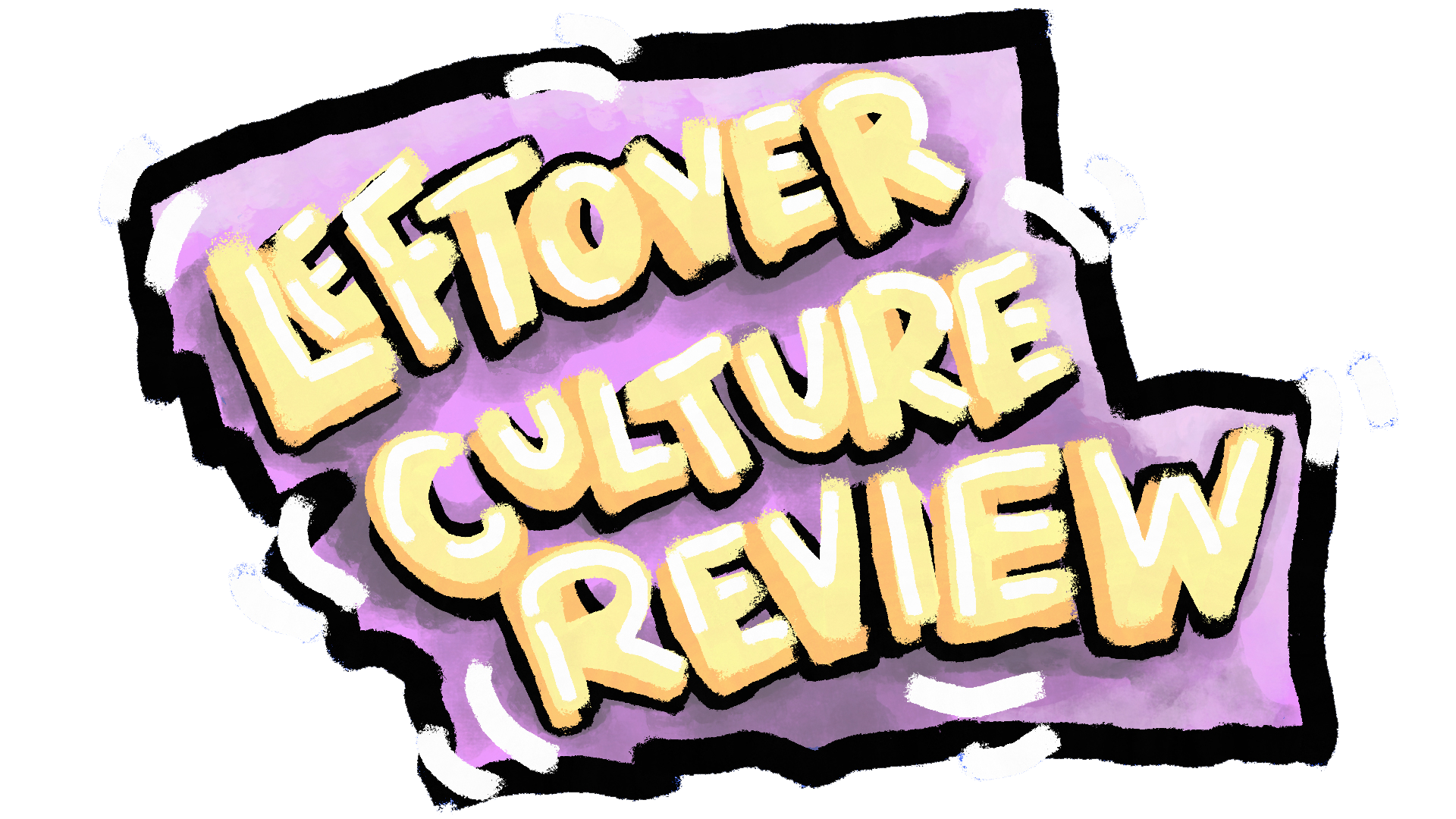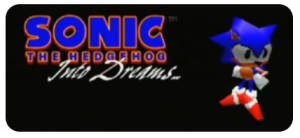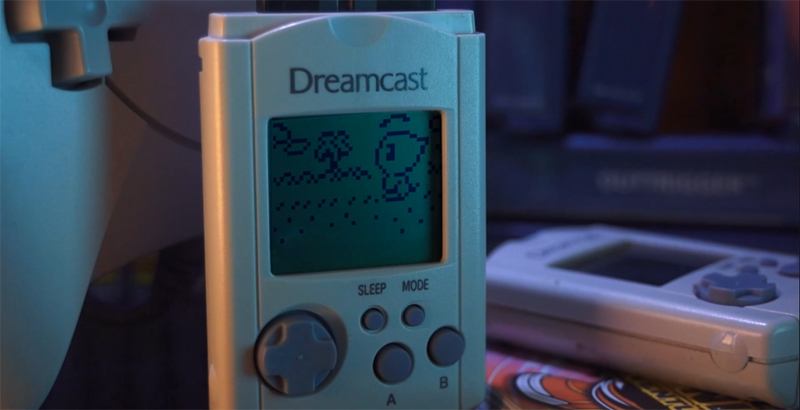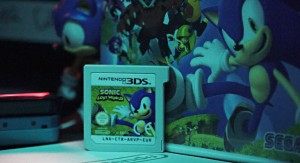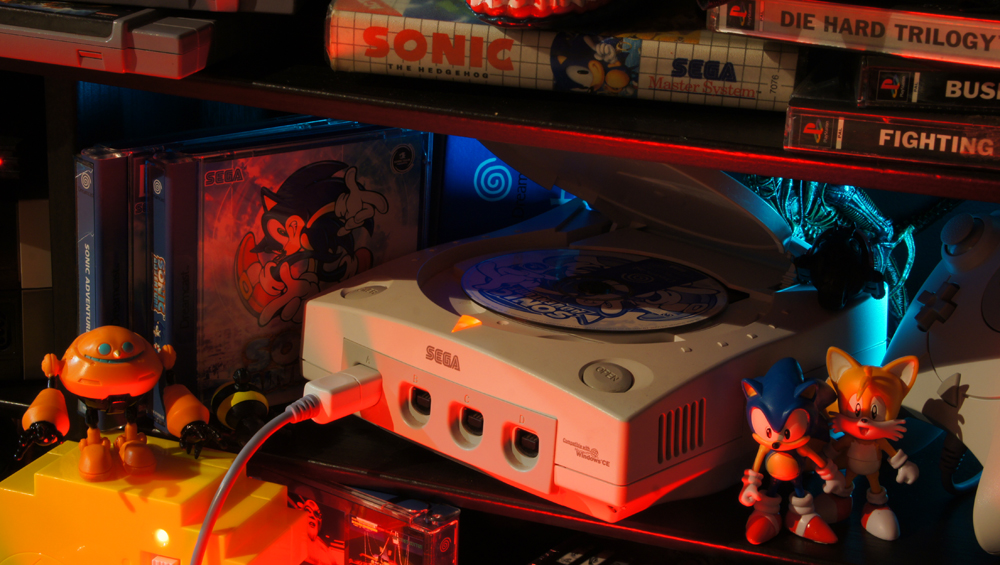Sonic Adventure 1 & 2 (Sega Dreamcast)
Was making Sonic a 3D game a terrible idea?
Sonic Team set out to prove the blue blur was capable of keeping up in 3D. And they had a serious challenge on their hands.
The Sonic Adventure series for the Sega Dreamcast was the first time we got to see the hard-work in action. But the big question, was making a 3D Sonic game worth it? Critical reviews at the time of release were generally positive. But with each re-release of the Adventure series, it’s obvious it hasn’t aged flawlessly.
Journey to 3D Sonic
Bringing Sonic into 3D was a big step for the series. Something Sega couldn’t rush into, as much as they tried with the Sega Saturn. Sonic the Hedgehog was set to be developed for the Sega 32x with a project called Sonic Mars. It was soon moved to the Sega Saturn where it stopped and started over the years. Between the difficult hardware, demanding workloads and fighting within Sega, plenty of work commenced on a 3D Sonic, but we only saw spin-offs with games like 3D Blast and Sonic R.
Sonic’s first polygonal 3D appearance at all was on the Nights into Dreams Christmas Demo sampler for the Sega Saturn, where Sonic could replace Nights as an unlockable character.
Sonic Adventure is Born
It’s an understatement to say Sonic Adventure was ‘anticipated’. Sega were releasing their new system, the Sega Dreamcast and Sonic Adventure was there to prove what it could do. Big, bold and fast, Sonic Adventure had some clear nods to the original series but started striking out with some original ideas that were being developed since the Sega 32x. Heaps of characters were included, a hub world where you accessed the action stages and more focus on story and character development.
Were they all award winning additions to the Sonic formula? They weren’t to everybody’s taste. But we got see Sonic all grown up. His simple action-platform titles were expanded upon and we got to see Sega confidently put out a Sonic game with lots of big, original ideas.
How does Sonic Adventure Hold up?
Coming back to the Adventure all these years later, it is easy to feel ‘restricted’ by the hub design. You find yourself running around the same areas, doing the same things. Each of the 6 characters in the game also share very similar cut-scenes (identical sometimes except for the dialogue), so if you’re binge playing through the game you will be watching the same things… over and over and over and over again. I love how all these story-lines intertwine and seeing how Dr. Robotnik’s evil plans affect each character individually, even if not every story campaign was created equally.
Sonic Adventure 2 was released 3 years later (2001) with a few very clear advantages over its little brother. Straight up, instead of 6 different story campaigns, there were two. You can play as the good team or the bad team, each with a roster of 3 characters (Sonic, Tails and Knuckles vs Robotnik, Shadow and Rogue). The hub idea was scrapped with the story being clearly pushed through cut-scenes and the stages.
Overall, Sonic Adventure 2 is a much more refined, faster-paced and straight-forward Sonic game and it’s a lot easier to recommend.
Following the Dreamcast, Sega faced some pretty traumatic changes (as in, stopped manufacturing consoles). The Sonic Adventure series made its way to the GameCube, a Nintendo system… Mario’s home turf. I can’t help but feel the journey with Sonic has been a rocky one. You can also find the adventure series on the PC and through services like the PSN and Steam.
Chao Adventure VMU Mini-Game
One advantage to playing Sonic Adventure through the Dreamcast is the VMU mini-game, Chao Adventure. It’s a Tamagotchi style game where you can raise the Chao’s found in-game, play games directly with them on the VMU or bring them back into the Sonic Adventure game to open up a few Mini-Games there. It’s just a foot-note in this particular review, at the time of recording I didn’t think much of it but as I slowly started researching more of the VMU’s functions, the Chao Adventure game kept coming up. What I recorded for this episode was added at the last minute, but in the future I may plan an entire episode dedicated to these VMU Mini-Games and give the Chao Adventure a better look there. It’s a cool little feature that makes the Dreamcast version of the Sonic Adventure series unique compared to how it was implemented through the Gamecube titles (through the Gameboy Advance) and the PC.
I finished off the review with a look at Sonic Lost World on the 3DS (full Lost World review here). Long story short, Sonic is a long way from home from the Sega consoles where he started out. Lost World felt a little unique because, a lot like the Sonic Adventure series, it doesn’t feel like it relies on the classic Sonic titles. Sure, there’s nods to it, but unlike really nostalgic, fast-paced handheld Sonic titles (Sonic Advance, Colors, Sonic Rush), Lost World tried to carve out its own particular style of 3D game-play for the hedgehog.
Was making Sonic a 3D game a good idea?
Too late to turn back now. We’ve already had a great run of classic 2D Sonic titles and I was really excited about Sonic going 3D, especially during the Dreamcast launch. Thanks to the internet, there’s less fear around buying a bad game and a lot less fake hype once a game is released. Go back and check out the Sonic Advance series if you like the 2D Sonic’s. If you want to see how low the series can sink, why not check out Sonic the Hedgehog 2006? The Wii has had some critical success with 3D Sonic titles like Colours and Secret of the Rings. Sonic’s not exactly keeping up against the plethora of amazing Mario titles and spin-offs, but I still really enjoy the basic mechanics that differentiate Sonic and Mario games.
I really enjoyed going back to visit the Sonic Adventure series. I love the fact that these games were risky, they had the confidence to try different things and attempt to make an enjoyable, unique Sonic game that isn’t defined by the 2D titles.
